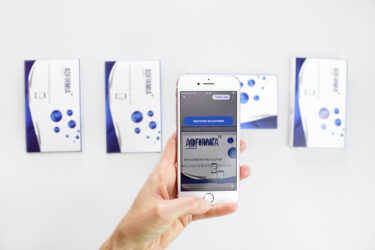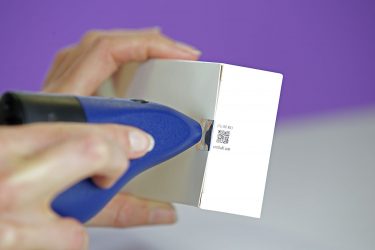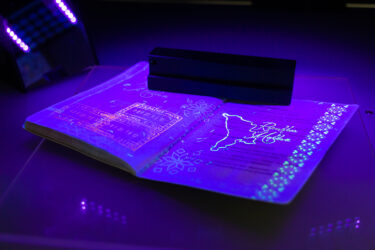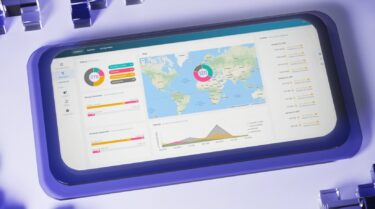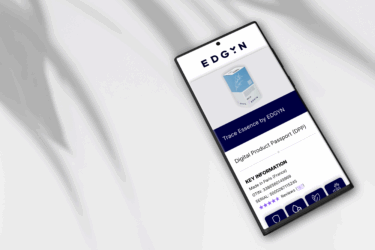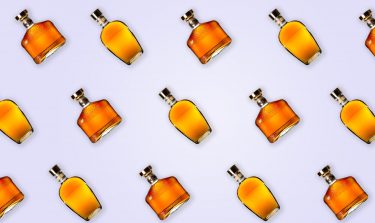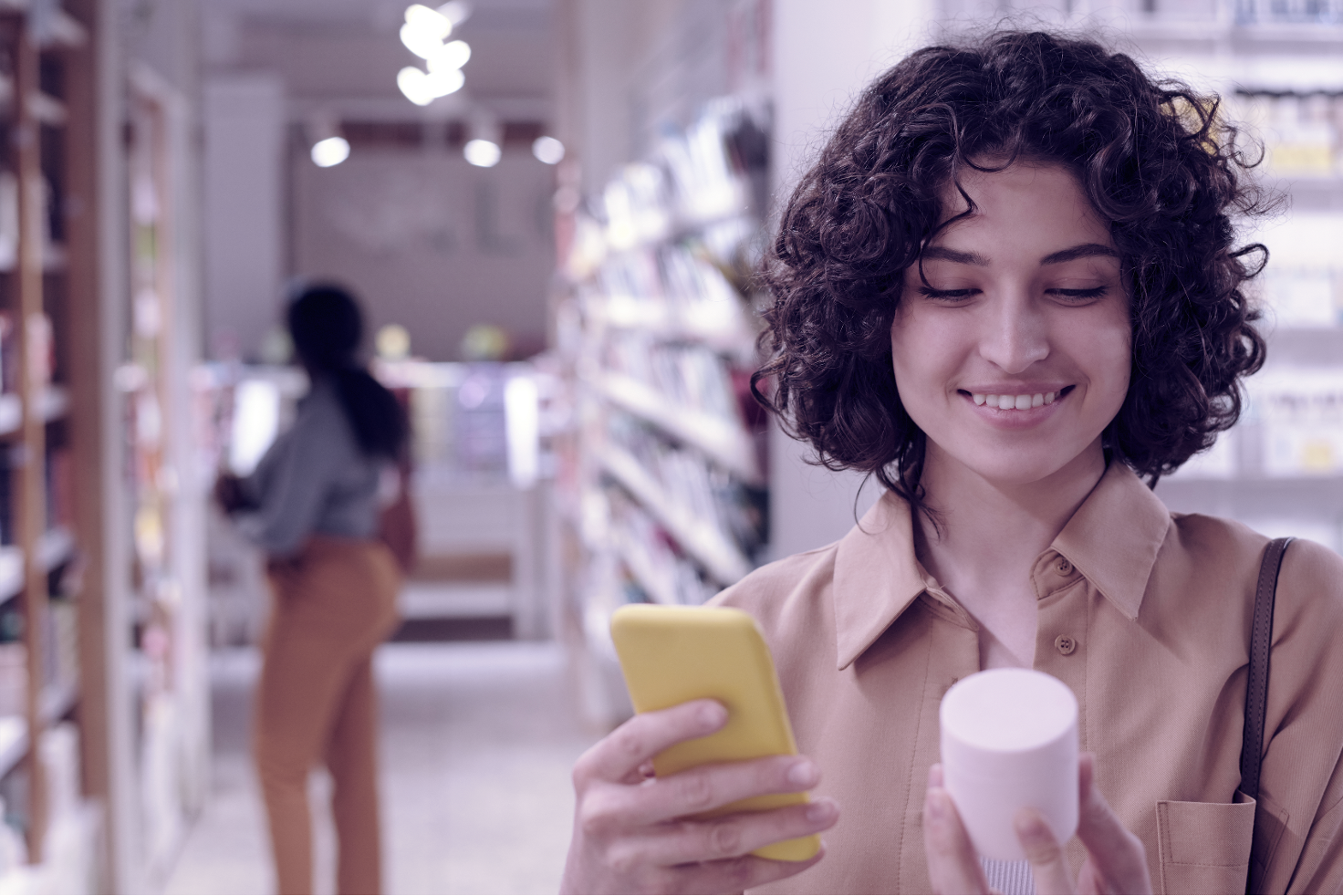
Chapter 1 - From shelf to screen: the key drivers for connected & secure packaging in the beauty industry.
Welcome to the first chapter of our 4-chapter series, “The New Era of Beauty - New Standards for Efficiency, Compliance, Engagement & Authentication.”
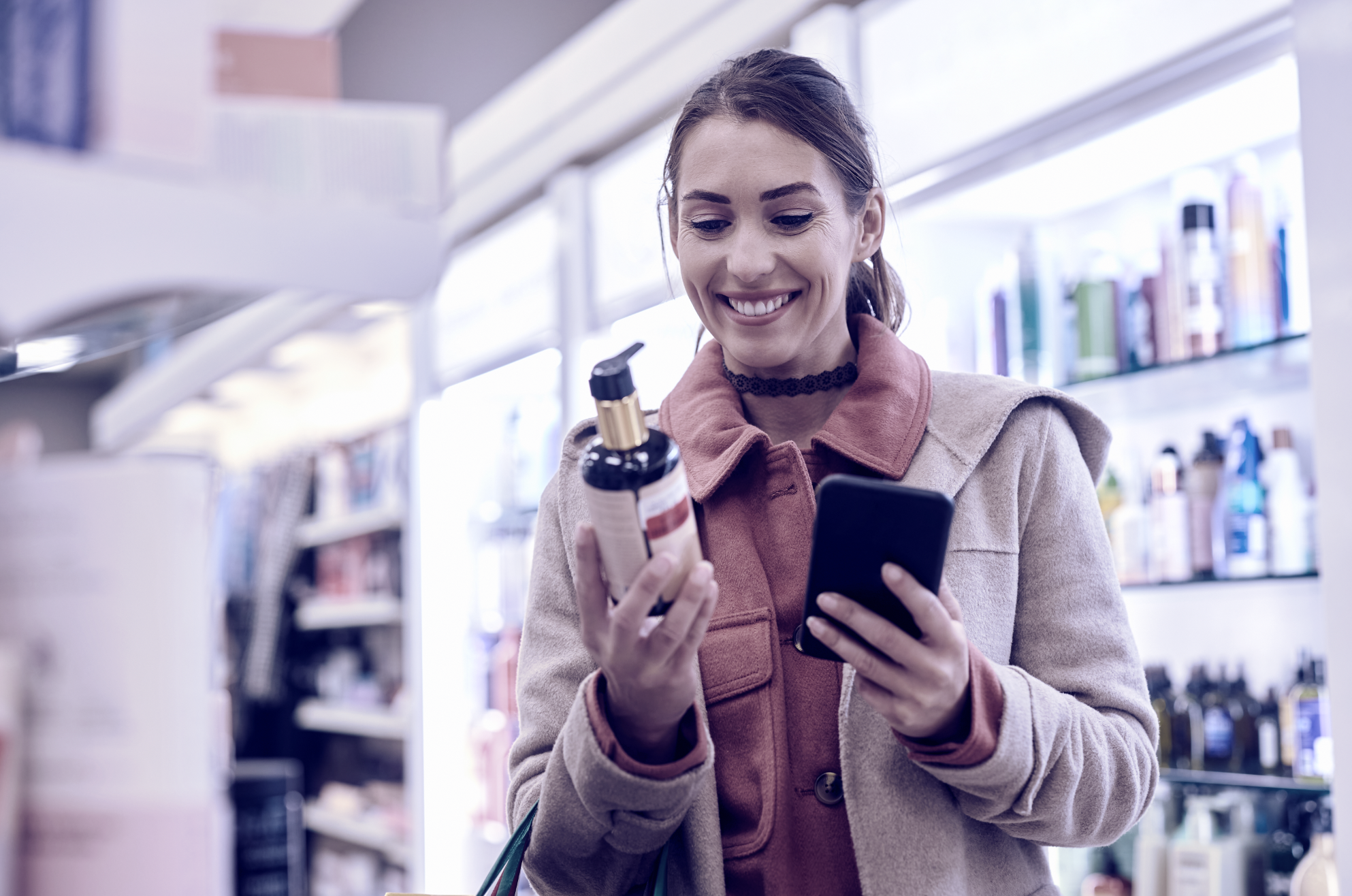
The New Era of Beauty #1 - From shelf to screen: the key drivers for connected & secure packaging in the beauty industry.
In this series, we’ll explore the transformation of the beauty industry through connected & secure packaging and how EDGYN can support beauty brands in this evolving landscape. This first chapter focuses on the main drivers for adopting connected packaging.
The beauty industry is undergoing a profound transformation. Consumers are more informed, discerning, and demanding than ever. They’re not just buying a product; they’re investing in a brand’s story, values, and promises. To meet these expectations, brands are turning to connected packaging, transforming a static container into a dynamic portal of information, engagement, and trust.
So, what are the key drivers compelling beauty brands to embrace connected packaging solutions? Let’s break down the four key forces pushing the industry toward a smarter, more digital future.

Consumer Demand for Transparency and Sustainability
The “clean beauty revolution” is no longer a niche trend – it’s a market-defining force. Consumers, particularly Millennials and Gen Z, are hyper-aware of what they put on their skin and how those products impact the planet. They want to know:
- Ingredient Provenance: Where do the raw materials come from? Are they ethically sourced? Are they free from harmful chemicals?
- Production Practices: How and where was the product made? Is the brand committed to cruelty-free or fair-trade practices?
- Environmental Impact: Is the packaging recyclable, refillable, or biodegradable? How can I dispose of it properly?
A survey by NIQ found that 69% of consumers said sustainability has become more important to them over the last two years. Furthermore, research shows that 80% of consumers want stricter safety regulations in the cosmetics industry, with 67% actively checking product labels for certifications before buying.
Connected packaging offers a direct channel to meet these demands by making transparency scalable. A single scan can tell a product’s entire story – from sourcing and formulation to sustainability certifications and recycling instructions.

Rising Industry Standards: The GS1 Digital Link
The traditional linear barcode is on its way out. By 2027, GS1, the global standards organization, will retire the 1D barcode in favor of 2D barcodes, such as the GS1 Datamatrix and QR Codes powered by GS1 (GS1 Digital Link). This new global standard is more than just an update; it’s a total game-changer.
Unlike its predecessor, the GS1 QR Code can hold a vast amount of information, connecting physical products with a wealth of online data. This single code can serve multiple purposes: powering supply chains with real-time logistics and inventory data, enabling faster checkout at retail, and giving consumers instant access to product information, authenticity checks, and brand engagement.
This shift is already underway, with major beauty brands adopting this technology. Why? Because consumers are ready for it. A study reveals that 79% of consumers are more likely to purchase products with a scannable barcode that provides additional product information.
Embracing this standard now positions your brand as a forward-thinking leader.

Meeting the Regulatory Landscape
Governments and regulatory bodies worldwide are implementing new rules that require beauty brands to provide more detailed product information and make it accessible digitally.
New and evolving frameworks such as:
- China’s New Cosmetics Regulation (CSAR)
- The U.S. Modernization of Cosmetics Regulation Act of 2022 (MoCRA)
- The EU Digital Product Passport (DPP)
…are accelerating the need for brands to digitize how they communicate with consumers. This means more than just compliance – it’s about creating a scalable and future-proof way to manage product data.
With connected packaging, brands can meet these requirements without cluttering packaging, while still giving consumers direct access to critical information such as ingredients, allergens, and safety standards in the local language.
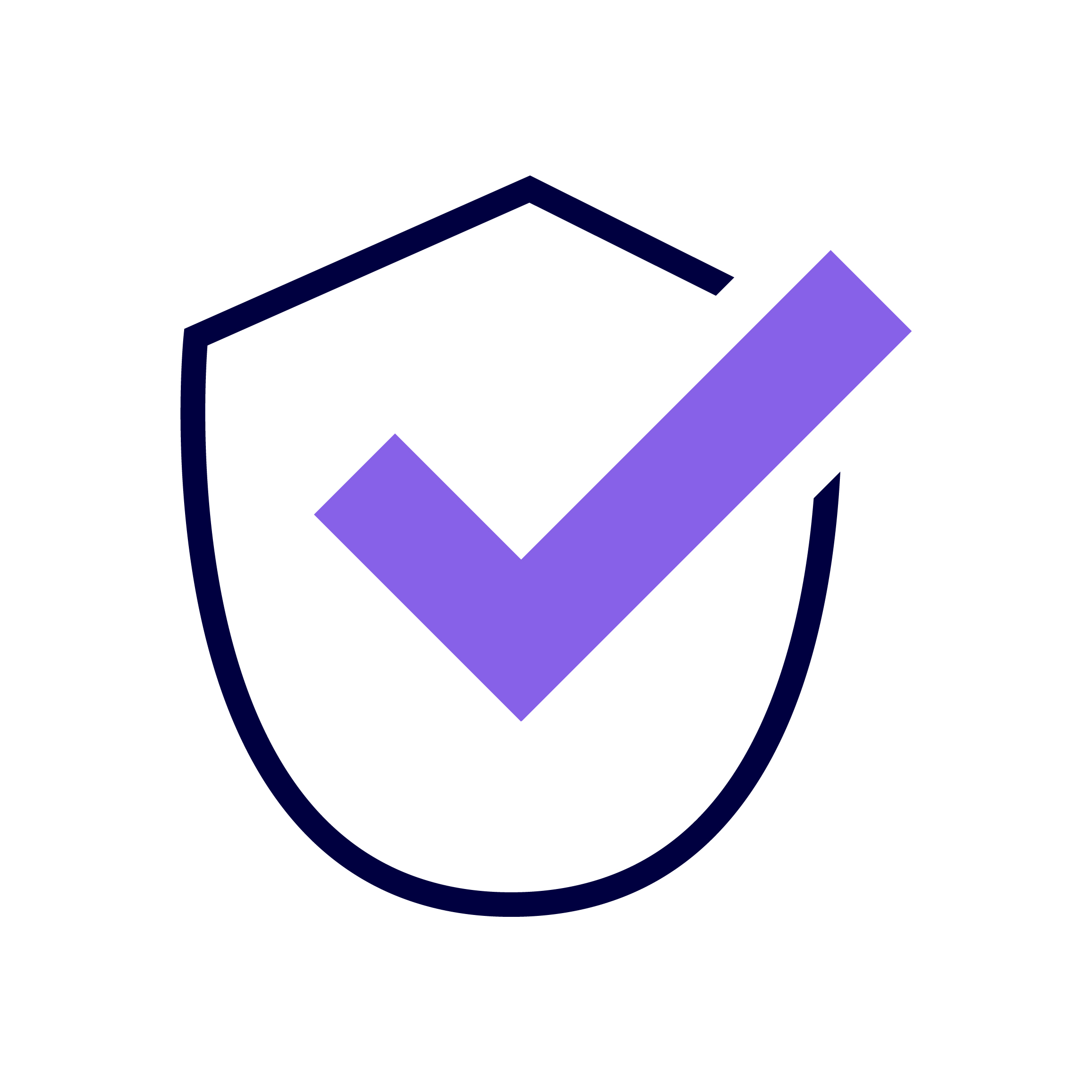
The Battle Against Counterfeits and Grey Market Sales
The beauty industry is a prime target for counterfeiters. Fake products not only steal revenue but also pose a significant health risk to consumers due to unregulated ingredients and production methods. Grey market sales, where genuine products are sold outside authorized distribution channels, erode brand value and lead to revenue loss.
Connected yet secure packaging provides a robust, easy-to-implement solution to these challenges. Technologies, such as EDGYN’s Digital Fingerprint, guarantee that each product’s digital identity is verifiable by a brand inspector. Beyond authentication, inspectors can also detect and report product diversion, flagging when an item appears in a market different from its intended destination.
As a report from the European Union Intellectual Property Office (EUIPO) highlighted, counterfeit perfumes and cosmetics cost the EU €3 billion annually, underscoring the urgent need for a protective solution.
Why It Matters Now
Connected and secure packaging isn’t just about adding a QR code to your product. It’s about unlocking a digital ecosystem that supports compliance, improves customer experience, and builds long-term trust.
In the next chapter, we’ll explore how EDGYN’s augmented QR code becomes a bridge between product authentication, traceability, and personalized consumer engagement — all in one scan.
Sources
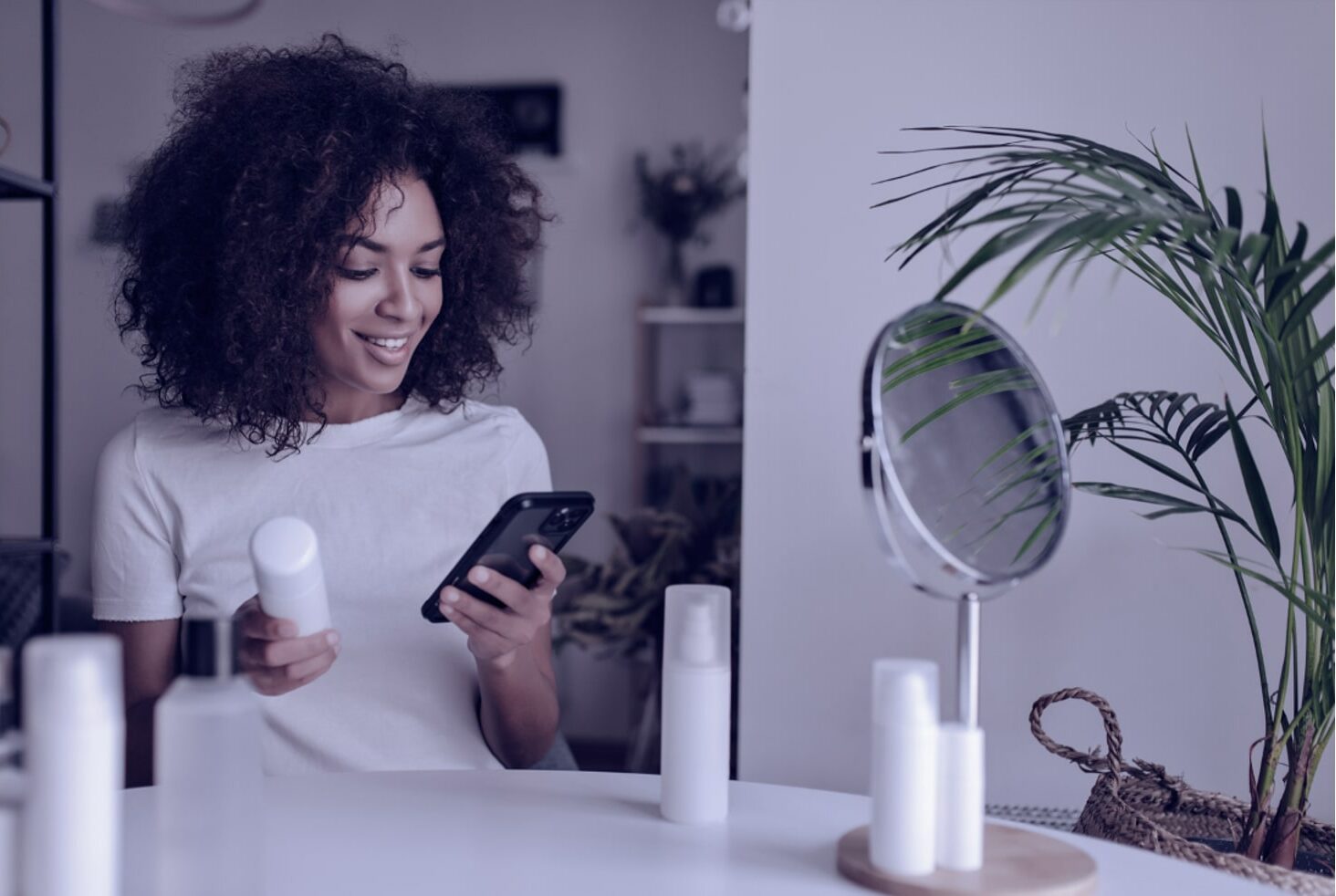

The New Era of Beauty Series
 BLOG - Beauty Series
BLOG - Beauty Series



